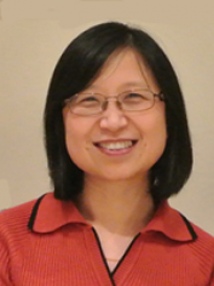BibTex format
@article{Noisa:2015:2015/647437,
author = {Noisa, P and Raivio, T and Cui, W},
doi = {2015/647437},
journal = {Stem Cells International},
title = {Neural Progenitor Cells Derived from Human Embryonic Stem Cells as an Origin of Dopaminergic Neurons},
url = {http://dx.doi.org/10.1155/2015/647437},
volume = {2015},
year = {2015}
}

